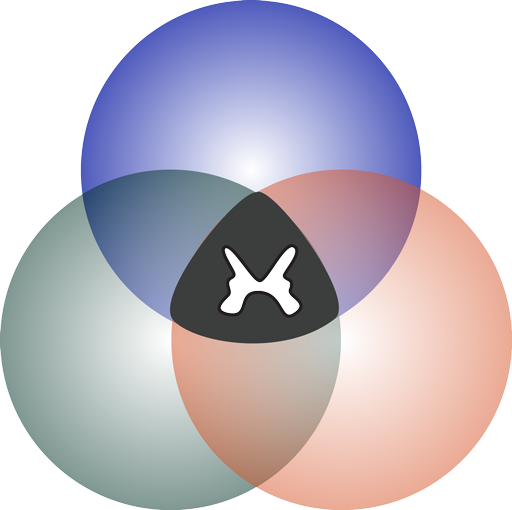Full Data Package |
Data Dictionary |
Methodology |
||||
|---|---|---|---|---|---|---|
Create new odc-sci Account and/or log in to download the file. |
||||||
Microglia coordinate cellular interactions during spinal cord repair after contusion or crush spinal cord injury in female miceDOI:10.34945/F5B012DATASET CITATIONBrennan F. H., Li Y., Wang C., Ma A., Li Y., Pukos N., Campbell W. A., Witcher K. G., Guan Z., Kigerl K. A., Hall J. CE., Godbout J. P., Fischer A. J., McTigue D. M., He Z., Ma Q., Popovich P. G. (2022) Microglia coordinate cellular interactions during spinal cord repair after contusion or crush spinal cord injury in female mice. ODC-SCI:695 http://doi.org/10.34945/F5B012ABSTRACTSTUDY PURPOSE: Traumatic spinal cord injury (SCI) triggers a neuro-inflammatory response dominated by tissue-resident microglia and monocyte derived macrophages (MDMs). To better understand the specific role of microglia in SCI, we pharmacologically depleted microglia using the CSF1R antagonist PLX5622 (1200 ppm). We used behavioral, anatomical, histopathological, tract tracing, bulk RNA sequencing and single cell RNA sequencing techniques to reveal the cellular and molecular responses to SCI that are controlled by microglia. We also reconstituted mice with or without microglia, with recombinant CCL2 (rCCL2, 50 ng intraspinally at 2 dpi) and/or a TLR2 agonist (500 ng intraspinally at 2 dpi and/or 50 ug/kg i.p. at 3 dpi). We also collected baseline behavior and challenged mice with lipopolysaccharide (LPS, 1 mg/kg daily for four consecutive days) to determine whether PLX5622 has any off-target effects.DATA COLLECTED: The dataset includes n=230 female mice aged 10-12-weeks on a C57BL/6J background. Mice received a 75 kdyne T9 IH contusion SCI, sham surgery, or a L1 or T9 complete forceps crush SCI. Mice were fed PLX5622 (1200 ppm) or Vehicle chow from 2 weeks before surgery/ intervention until the experimental end point of 3d, 4d, 7d, 14d, 21d, 28d or 35d after surgery/intervention. The Basso Mouse Scale (BMS) main score and sub-score were used to assess motor function at baseline and 1, 3, 7, 10, 14, 21, 28, and 35 days post-injury. The horizontal ladder task was performed at baseline and day 20, 27 and 34 post-injury. Lesion volume, lesion length, spared myelin, spared axons, astrogliosis, NG2 cell presence, microglia and macrophage presence were analyzed in histological sections using standard immunohistochemical techniques. Dividing cells were identified based on Bromodeoxyuridine (BrdU) labeling (50 mg/kg i.p BrdU administered daily in a subset of mice from 1-7 dpi). Biotinylated dextran amine (BDA, 1 ul, 10% solution) was injected into the motor cortex at 14 dpi to assess the distance of corticospinal tract retraction from a T9 crush SCI at 28 dpi. Injury parameters for all mice, including those used for bulk RNA sequencing or single cell RNA sequencing experiments, are provided. Gene expression datasets are available on Gene Expression Omnibus (GSE196928) and code is available on GitHub at https://github.com/OSU-BMBL/Spinal-cord-scRNAseq. Additional uninjured mice were used to establish baseline behavior and immune responses to LPS challenge in mice on PLX5622 diet. We used the BMS scale, hot plate and Von Frey tasks to assess motor and sensory function in uninjured mice.CONCLUSIONS: Microglia have a beneficial role in SCI recovery. Depletion of microglia worsens motor recovery, and tissue pathology, impairs glial proliferation in contusion SCI and L1 crush SCI, and increases axon dieback after T9 crush SCI. Administration of rCCL2 and TLR2 prevents secondary damage and improves functional recovery in microglia depleted mice. PLX5622 has no effect on motor or sensory function in uninjured mice and minimal off-target effects on circulating myeloid lineage cells. Optimal repair after SCI and likely other forms of neurological disease, might be achieved by co-opting key ligand-receptor interactions between microglia, astrocytes and monocyte-derived macrophages.KEYWORDSSpinal Cord Injury; microglia; astrocyte; demyelinating disease; axon regeneration; BehaviourPROVENANCE / ORIGINATING PUBLICATIONSRELEVANT LINKS
NOTES |
DATASET INFOContact: Popovich Phillip (phillip.popovich@osumc.edu)Lab: Phillip Popovich
|
|





